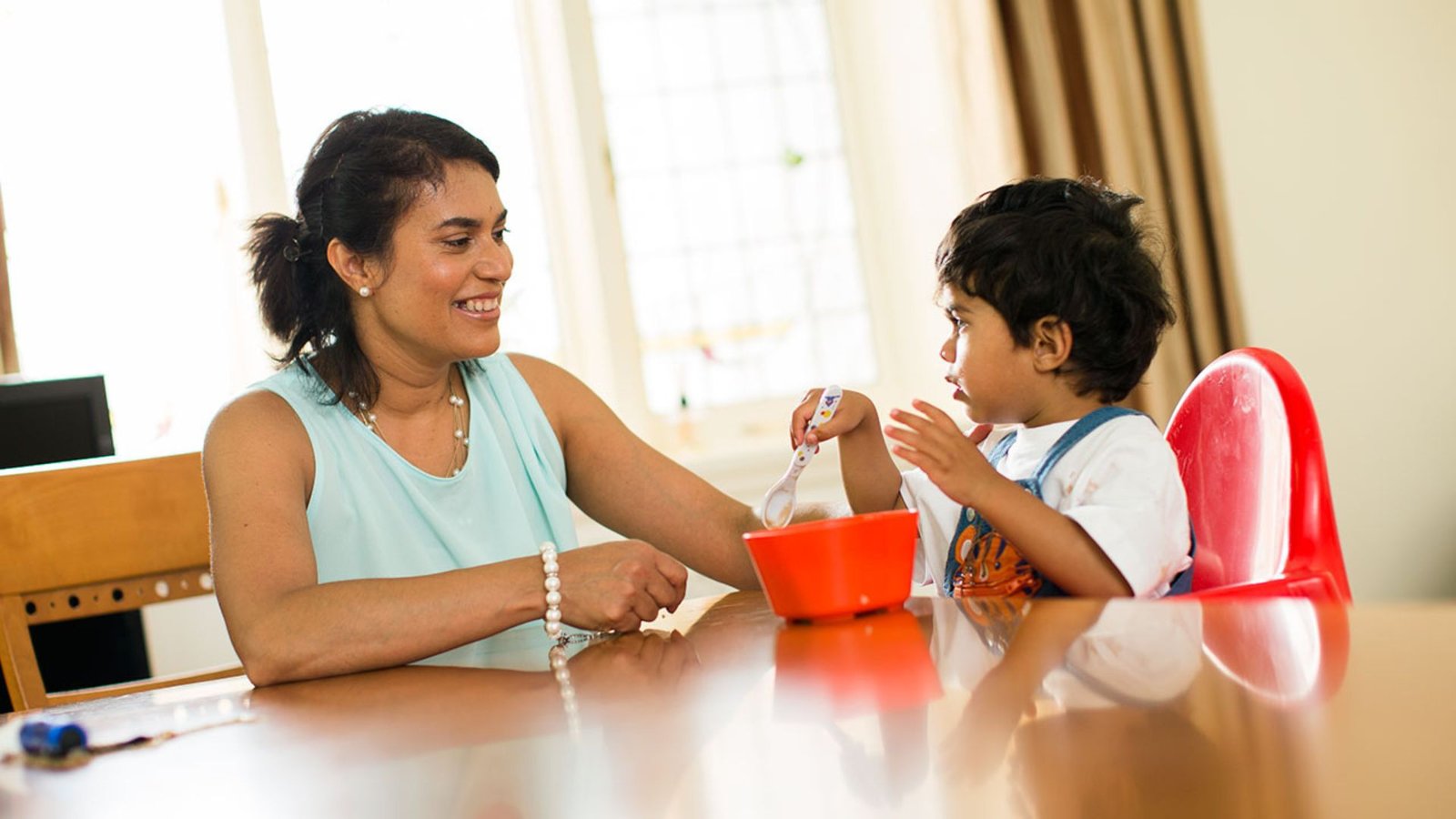Effective communication is one of the most important skills you can develop as a parent. When it comes to communicating with your child, it’s not just about talking to them but also listening and understanding their feelings. By fostering open and honest communication, you can strengthen your relationship and provide the support they need to grow and thrive. Here are some best practices for communicating with your child that can help you build a strong, trusting bond.
Create a Safe and Open Environment
Creating a safe and open environment is the first step in effectively communicating with your child. Children need to feel that they can express their thoughts and feelings without fear of judgment or punishment. Let them know that they can talk to you about anything and that you are always there to listen. By being approachable and understanding, you encourage them to open up and share their experiences.

Practice Active Listening
Active listening is crucial when communicating with your child. This means giving them your full attention, making eye contact, and avoiding interruptions while they are speaking. Show interest in what they are saying by nodding or giving verbal cues like “I see” or “That’s interesting.” Reflecting on their words and asking follow-up questions shows that you value their opinions and are genuinely interested in what they have to say.
Use Age-Appropriate Language
When communicating with your child, it’s important to use language that is appropriate for their age and developmental stage. Avoid using complex words or phrases that might confuse them. Instead, keep your language simple and clear, so they can easily understand your message. Tailoring your communication to their level helps ensure that your child feels understood and respected.
Encourage Open-Ended Questions
Encouraging open-ended questions is a great way to keep the conversation flowing. Instead of asking questions that can be answered with a simple “yes” or “no,” ask questions that require more thought and explanation. For example, instead of asking, “Did you have a good day at school?” try asking, “What was the best part of your day?” This approach encourages your child to share more about their experiences and feelings.
Be Mindful of Your Tone and Body Language
Children are highly perceptive and can pick up on your tone and body language. When communicating with your child, be mindful of how you are speaking and the signals you are sending. A calm and gentle tone, along with open body language, conveys that you are approachable and supportive. Avoid raising your voice or using harsh words, as this can create fear or anxiety and shut down communication.
Validate Their Feelings
Validating your child’s feelings is an essential part of effective communication. Acknowledge their emotions and let them know that it’s okay to feel the way they do. For instance, if your child is upset, you might say, “I understand that you’re feeling sad, and it’s okay to feel that way.” Validation helps your child feel heard and understood, which builds trust and encourages them to share their feelings more openly.
Share Your Feelings and Experiences
Sharing your feelings and experiences can make communicating with your child more relatable and authentic. When appropriate, talk about your own emotions and how you handle them. This not only models healthy communication but also shows your child that it’s normal to have a range of emotions. Sharing your experiences can provide valuable lessons and help your child feel connected to you.
Set Aside Quality Time
Setting aside quality time for one-on-one interactions is key to building strong communication with your child. Regularly spending time together, whether it’s during meals, bedtime, or a shared activity, creates opportunities for meaningful conversations. During this time, put away distractions like phones or TV and focus entirely on your child. Quality time reinforces the bond you share and shows your child that they are a priority.
Be Patient and Give Them Time
Patience is crucial when communicating with your child, especially during difficult conversations. Children may need time to process their thoughts and emotions before they can express themselves. Avoid rushing or pressuring them to talk before they are ready. Give them the space they need, and let them know you are there to listen whenever they are ready. Patience fosters trust and encourages your child to communicate openly.
Conclusion
Communicating with your child is a continuous process that requires effort, patience, and understanding. By creating a safe environment, practicing active listening, and being empathetic, you can strengthen your bond and foster healthy communication. Remember, the goal is to build a relationship where your child feels heard, valued, and supported. Effective communication lays the foundation for a strong, loving, and lasting relationship.

